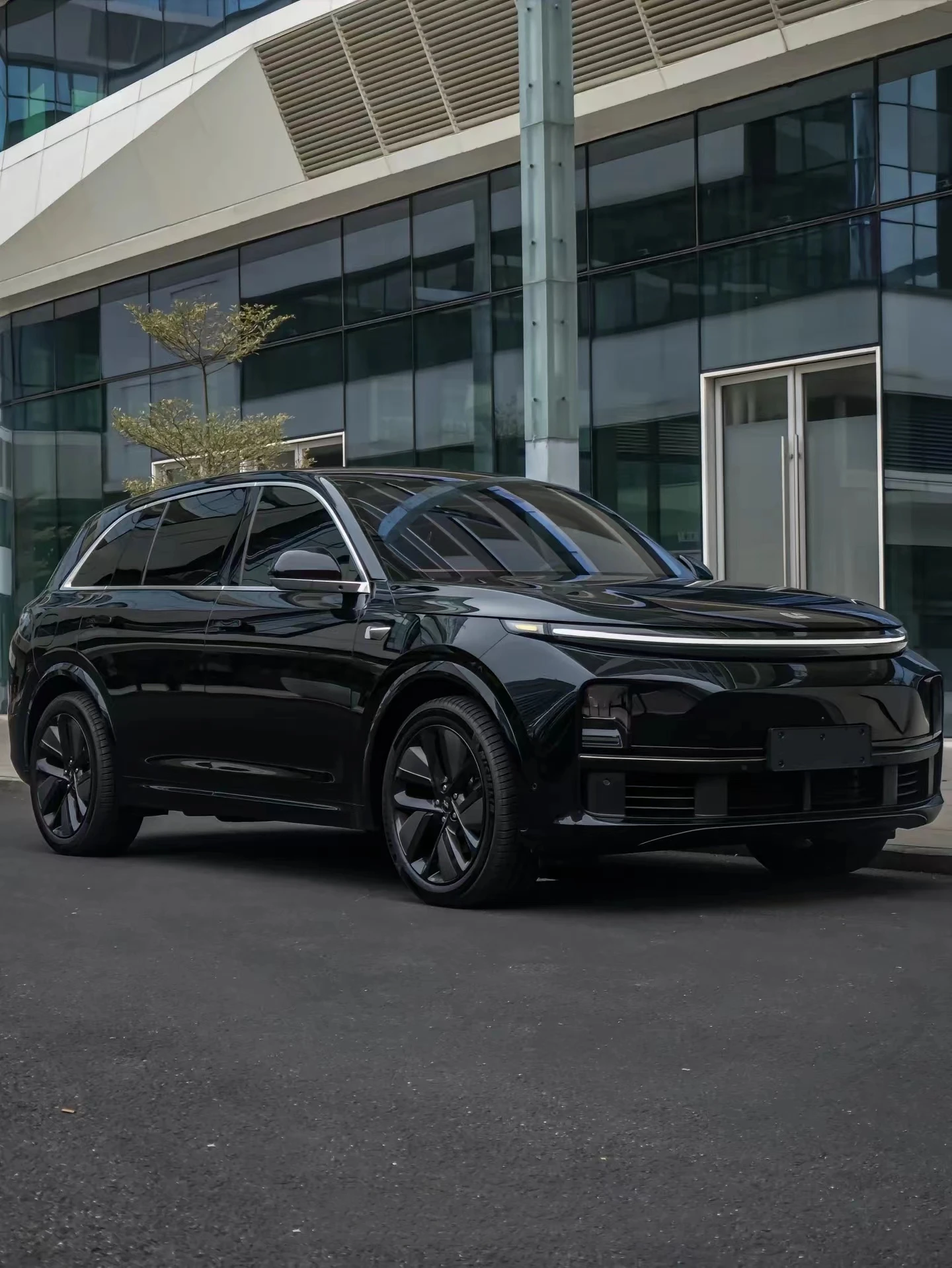bus engine
The Evolution and Impact of Bus Engines
Buses play a crucial role in public transportation, serving urban and rural areas alike. At the heart of this essential service is the bus engine, a powerhouse that drives mobility for millions. The advancements in bus engine technology over the years reflect broader trends in engineering, environmental consciousness, and energy efficiency. This article explores the evolution of bus engines, their significance, and the direction of future innovations.
Historical Context
The history of bus engines dates back to the early 20th century when the first motor buses emerged. Initially powered by gasoline engines, these vehicles provided a significant improvement over horse-drawn carriages and tram systems. The widespread adoption of diesel engines in the 1930s marked a pivotal moment. Diesel engines offered greater fuel efficiency, increased torque, and longer operational range, making them ideal for the demands of public transportation.
As the industry evolved, so did the technology. The introduction of turbocharging and intercooling systems in the mid-20th century enhanced engine performance and efficiency. These improvements allowed buses to carry heavier loads and travel longer distances with reduced fuel consumption. With rising urban populations, the need for reliable and efficient public transport became increasingly critical.
Modern Developments
In recent decades, the bus engine landscape has witnessed remarkable transformations driven by environmental concerns and advancements in technology. The introduction of electronic fuel injection systems and advanced engine management technologies has led to significant improvements in fuel efficiency and reduced emissions. The focus has shifted towards meeting stringent environmental regulations, resulting in cleaner exhaust systems and more sustainable operation.
bus engine

One of the most noteworthy developments is the rise of alternative fuel technologies. Compressed natural gas (CNG) and biodiesel have emerged as viable options for bus operators looking to reduce their carbon footprint. CNG buses produce fewer greenhouse gas emissions and are often quieter than their diesel counterparts. Meanwhile, biodiesel, derived from vegetable oils or animal fats, has gained popularity due to its potential for lower emissions while using existing diesel engines with minimal modifications.
Moreover, the electric bus movement has gained traction as cities seek to transition to zero-emission public transportation. Electric bus engines utilize battery technology, allowing for quieter and cleaner operation. Innovative charging solutions, such as inductive charging and fast-charging stations, are being developed to address the logistical challenges of electrifying bus fleets. Many cities around the world are investing in electric buses as part of their strategies to reduce urban air pollution and congestion.
Future Prospects
The future of bus engines is poised for even more groundbreaking innovations. One potential avenue is the development of hydrogen fuel cell technology. Hydrogen-powered buses generate electricity through a chemical reaction between hydrogen and oxygen, producing only water as a byproduct. This technology holds the promise of zero emissions and efficient energy use, making it a compelling option for transit agencies.
Additionally, advancements in autonomous vehicle technology are likely to influence bus engine designs. Self-driving buses, equipped with sophisticated sensors and AI algorithms, could optimize routes and improve safety while minimizing human error. The integration of smart transportation systems with electric or hydrogen engines could revolutionize public transport efficiency and accessibility.
Conclusion
The evolution of bus engines reflects a broader narrative of technological innovation and environmental stewardship. As urban areas continue to grow, the need for effective and sustainable public transportation solutions becomes increasingly urgent. From diesel to electric and potentially hydrogen-powered engines, the journey of bus technology is a testament to human ingenuity, addressing both mobility and ecological challenges. As we move towards a greener future, bus engines will undoubtedly play a pivotal role in shaping the landscape of public transportation for generations to come.
-
SINOTRUK HOWO 84 Electric Dump Truck for Eco-Friendly Heavy HaulingNewsJul.26,2025
-
The Fast 16-Gear Manual Transmission Assembly for Heavy TrucksNewsJul.25,2025
-
Mercedes Benz Actros 1848 42 Tractor Truck for Sale - Reliable PerformanceNewsJul.24,2025
-
High-Quality Water Pump Assembly for Sinotruk Trucks – Durable & ReliableNewsJul.23,2025
-
Premium Truck Engine Antifreeze Coolant Fluid for Heavy Duty VehiclesNewsJul.22,2025
-
FOTON View G7 Mini Bus: Affordable & Spacious TransportNewsJul.22,2025
Popular products

























